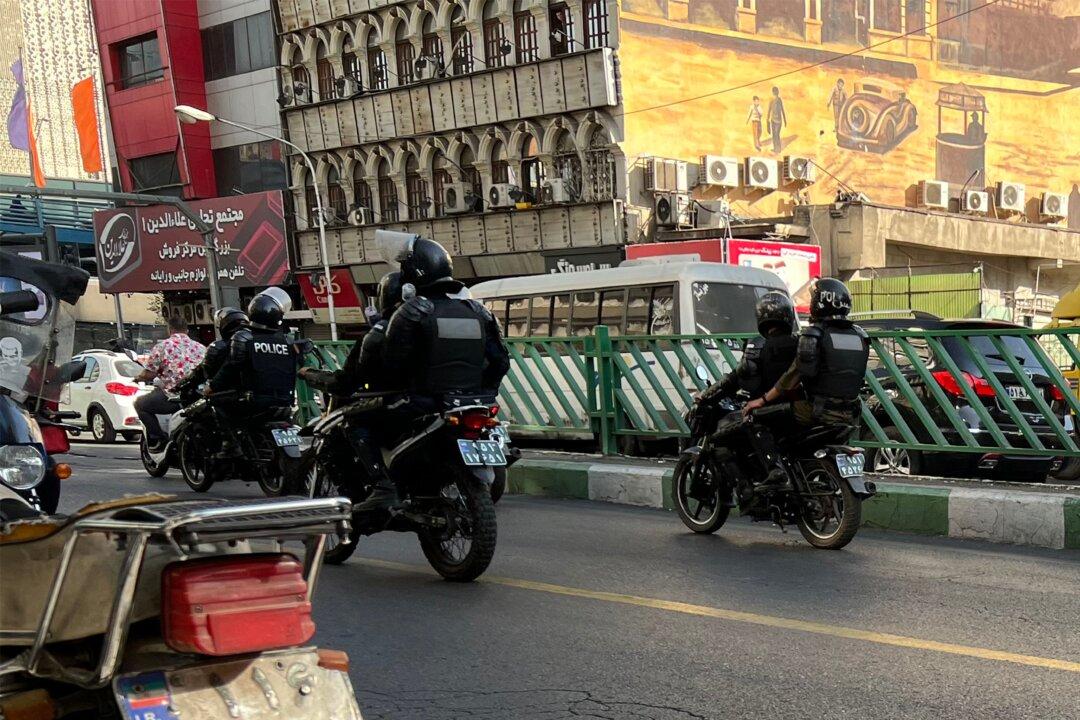Commentary
Iran’s clerics had learned by late November that they could—absent any international scrutiny—suppress opposition protests comprehensively, harshly, and without repercussions.

Iran’s clerics had learned by late November that they could—absent any international scrutiny—suppress opposition protests comprehensively, harshly, and without repercussions.